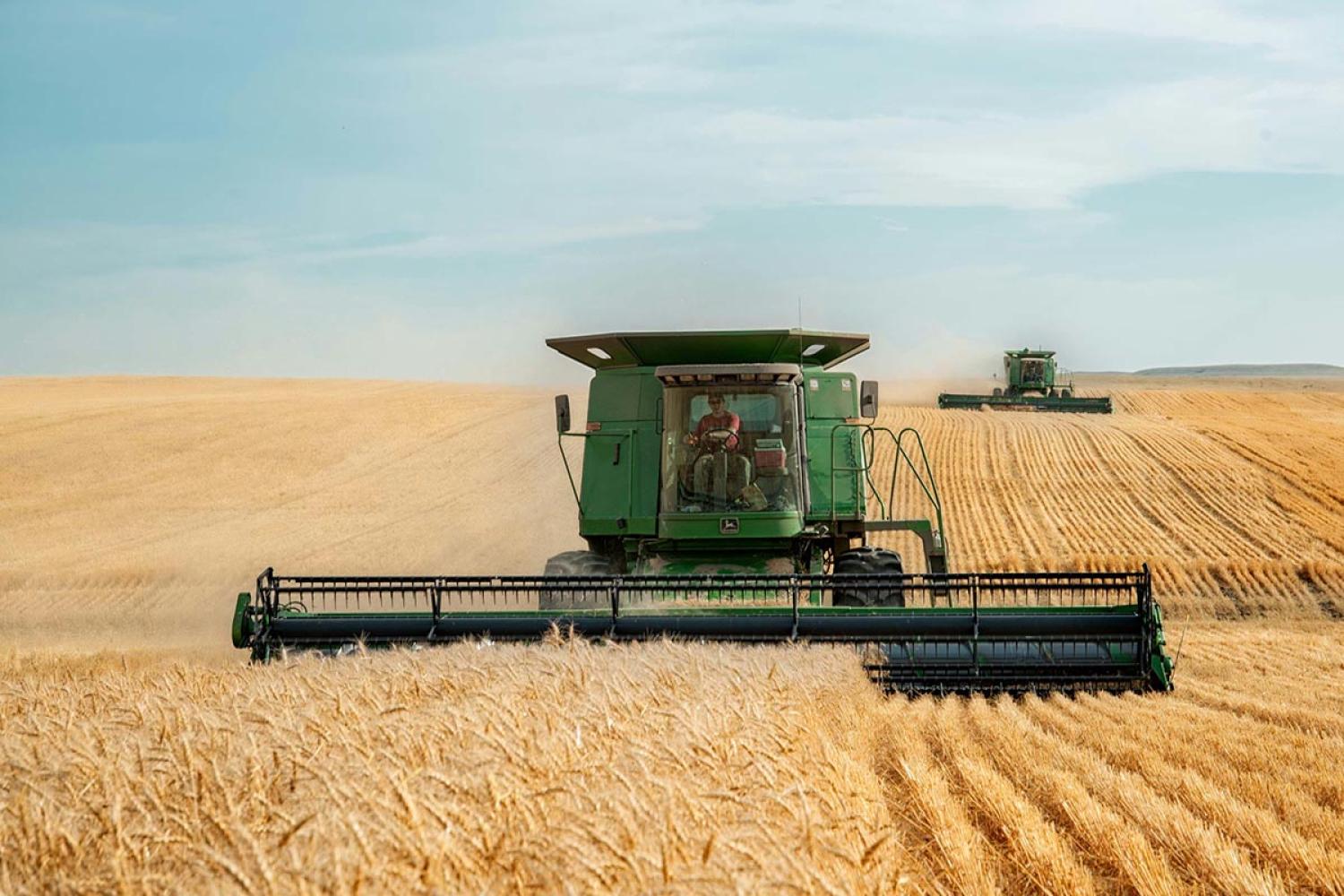20 October 2025

In the aftermath of the 2007–2009 Global Financial Crisis, agricultural commodities became increasingly financialized, with institutional investors treating them in much the same way as energy commodities. The volatility of agricultural market prices has since grown in importance, not only for investors and portfolio managers but also for policymakers and food security, given its significant impact on vulnerable populations. While fluctuations were once explained largely by demand and supply dynamics, recent research highlights the role of behavioral factors—such as speculation, investor sentiment, and broader macroeconomic uncertainties—in shaping agricultural commodity prices. Yet questions remain about whether investor sentiment and higher-order market signals can add predictive power to volatility forecasting.
One of the first systematic evaluations of sentiment and realized moments in forecasting agricultural volatility
The study examines 14 major agricultural commodities (including corn, wheat, soybeans, coffee, and sugar) between 2009 and 2020, using intraday price data to construct realized volatility measures. Forecast performance is tested through the heterogeneous autoregressive (HAR) framework and its extensions. Models incorporate both investor sentiment indicators (from Thomson Reuters MarketPsych Indices) and realized higher-order moments such as skewness, kurtosis, jumps, and tail risks. Forecasts are assessed out of sample using model averaging and rolling evaluation windows.
The findings show that investor sentiment adds little predictive power, while realized higher-order moments significantly improve forecast accuracy. In particular, measures of asymmetry, fat tails, and jump risks help capture features of agricultural markets that standard volatility models miss. The combined models that include HAR terms, realized moments, and sentiment perform best overall, but the incremental benefit is overwhelmingly due to the realized moments, not sentiment.
Sentiment has limited value, while realized moments consistently matter
The results suggest that traders and policymakers should be cautious about relying on sentiment indicators in agricultural markets. Unlike equity or crypto assets, agricultural commodities do not show strong sensitivity to news-driven sentiment signals. Instead, their volatility is better captured by market-implied distributional features that directly reflect trading dynamics. Volatility forecasting is most reliable when higher-order realized measures are incorporated. This finding holds across different commodities, forecast horizons, and model specifications, suggesting that these results are robust.
Implications for investors and policymakers
- Risk models for agricultural commodities should focus on realized volatility measures such as skewness, kurtosis, and jump risks rather than sentiment indices.
- Investor sentiment is not a reliable driver of agricultural volatility forecasting, even in the era of financialisation.
- Policymakers concerned with food security should recognize that volatility stems primarily from market dynamics, not from shifts in sentiment.
- Forecasting frameworks must integrate high-frequency realized data to improve accuracy and support better hedging, trading, and policy decisions.
Read the full paper
Forecasting the realized volatility of agricultural commodity prices: Does sentiment matter?

Matteo Bonato
Visiting Fellow at the University of Edinburgh Business School and senior quantitative analyst at Cyber Capital